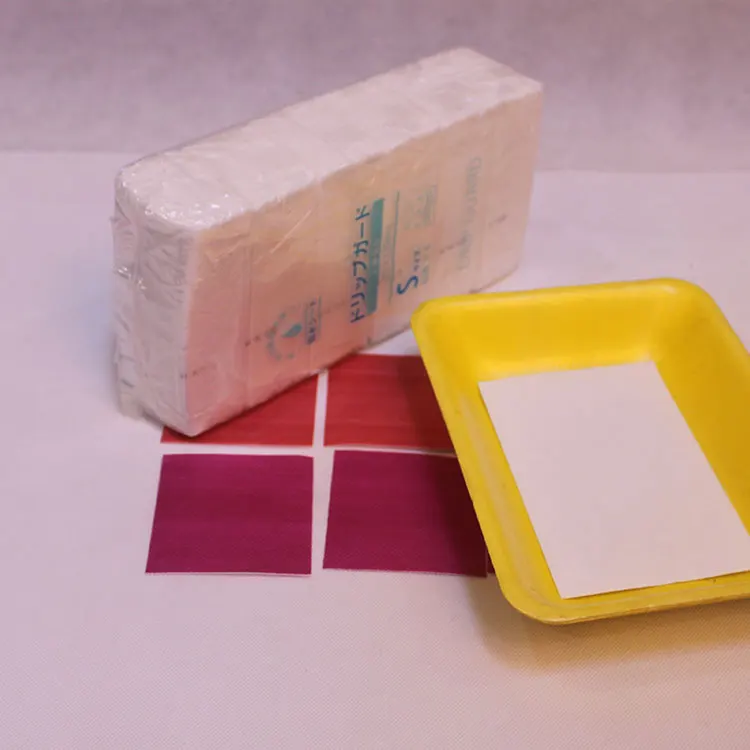


That stuff in the bottom of your package of chicken, that sort of looks like paper and sort of looks like a sponge? It’s an absorbent pad. So I did a little digging, and I’ve got the answer for you! If you’re anything like me, you gingerly pick it up by a corner and toss it in the trash, wondering why it’s there in the first place. Sometimes it looks like paper, sometimes it looks like a sponge. If you’ve ever bought chicken (or any other meat) at the grocery store, you’ve seen that paper in the bottom of the package. What is the Paper Inside the Chicken Package?

jejuni but also against chicken spoilage bacteria, enabling the use of these active pads to control microbial growth in packaged chicken meat.Have you ever wondered about that paper inside the chicken package? It looks strange, but it has a job, and it’s helping keep your kitchen clean! The present work demonstrates that absorbent pads coated with pinosylvin inclusion complexes possess an efficient antimicrobial activity not only against C. Regarding spoilage bacteria, active coated pads were not able to reduce pseudomonads but caused reductions in LAB, psychrotrophs and total viable counts. At 4 ☌, pads with 0.4 mg PS/cm2 exhibited anti- Campylobacter activity in chicken fillets and exudates. Pads exhibited a bactericidal activity in liquid medium at a concentration of 0.08 mg/cm2. jejuni, followed by in vivo testing in chicken exudates and meat, assessing their anti- Campylobacter activity as well as their efficacy in inhibiting poultry microbiota. Coated pads were evaluated in vitro against C. In this work, we evaluated the efficacy of absorbent pads containing pinosylvin (PS) inclusion complexes (ICs) for the control of fresh chicken meat microbial contamination, focusing on its anti- Campylobacter activity. Pinosylvin has recently proved effective against this major food pathogen. Fresh chicken is a potential source of human infection due to its high microbial load, making the issues regarding its microbiological safety, especially the control of Campylobacter spp., of paramount relevance.


 0 kommentar(er)
0 kommentar(er)
